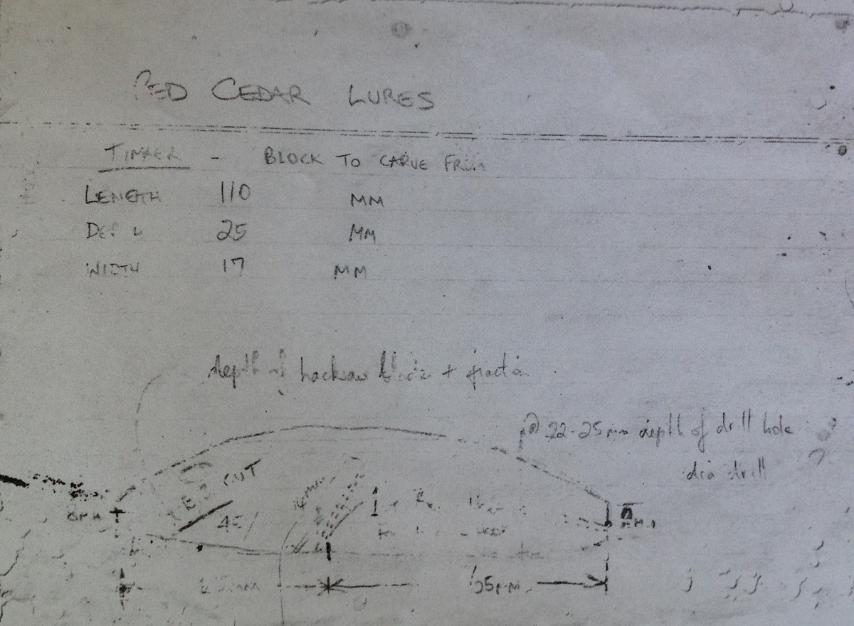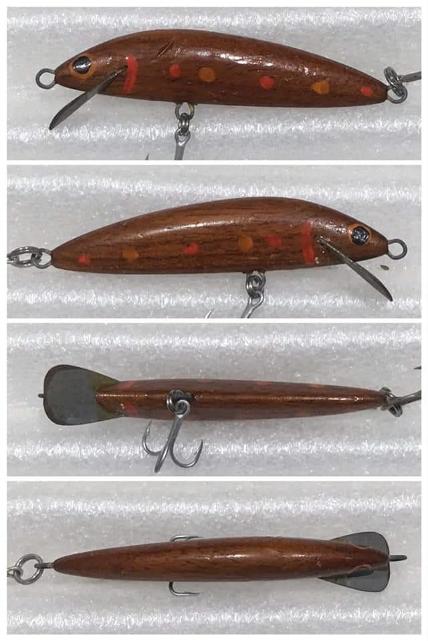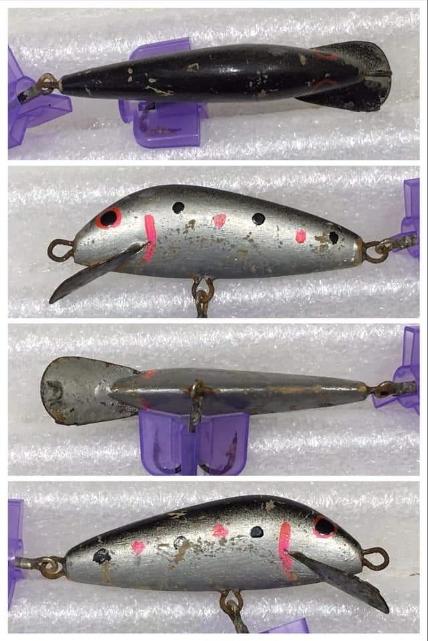Eric Moller Lures - QLD:
* Banner image is of a very rare larger sized deep diving Moller Minnow
Eric Moller is one of the most influential lure makers from the early days of Australian lure making and influenced many of the Queensland makers who copied his 'Moller Minnow' and cite him as one of the iconic Queensland lure makers. There is much confusion when identifying Eric Moller lures however Lure Hub OZ will showcase some Moller creations that have been authenticated and have provenance. Enjoy . . .
Eric Moller was a great experimenter and was heavily influenced by early imported lures such as the Fred Arbogast 'Jitterbug' among many others. Below is a Moller 'Jitterbug' carved in red cedar with hand beaten bib. Note early red eye. A rare item.
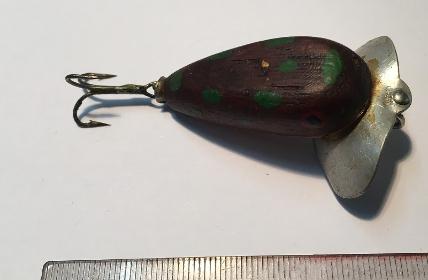
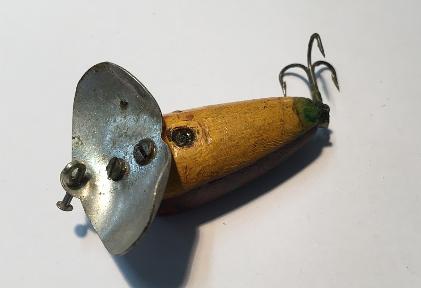
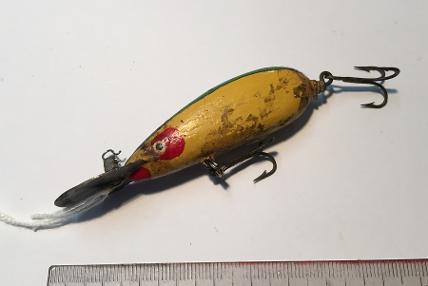
Some of the earliest Moller lures will have the large red eyes with again an influence from imported USA models such as the Burke 'Big Dig' and Arbogast 'Mud Bug'
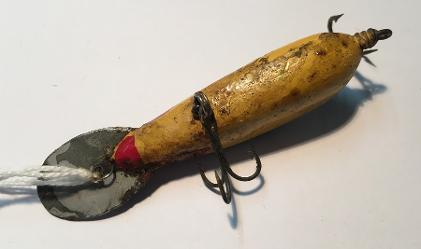
The Moller 'Herring' is another of the early models and came in at least two sizes as shown. Again early red eye models. These are reminiscent of the Rebel, Bill Norman and Storm Thin Fin shads that were all high backed with a thinner profile and imported into Australia during the late 1960's and 1970's lure revolution.
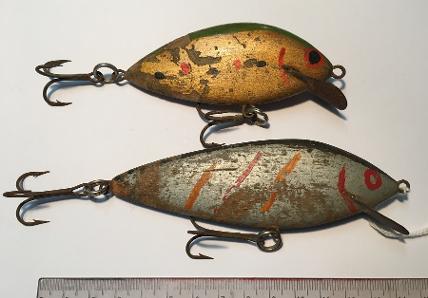
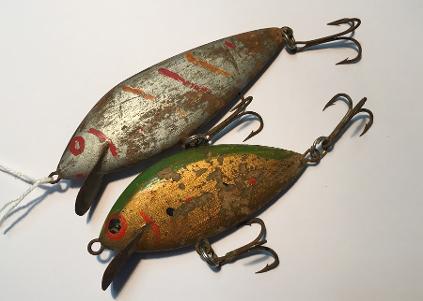
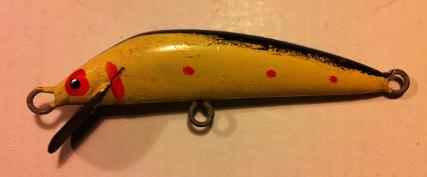
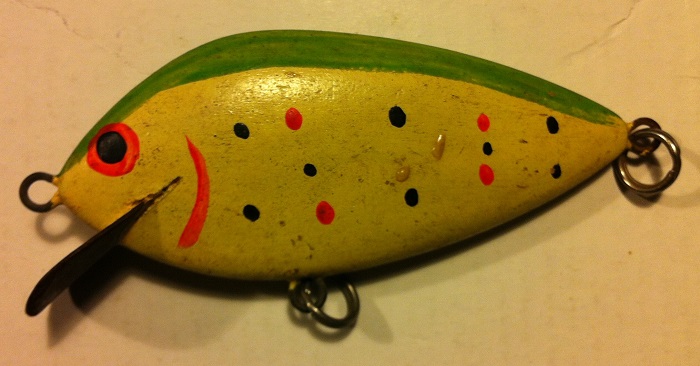
Left - The small Moller Minnow and Moller 'Sardine'. This smaller sized Mollers are extremely rare.
The two lures below appeared at Expo 2017 and were made from the wood burl and show the 'fiddleback' and halo from prime timber. These would have been hard to shape so were only ever a gift to friends.
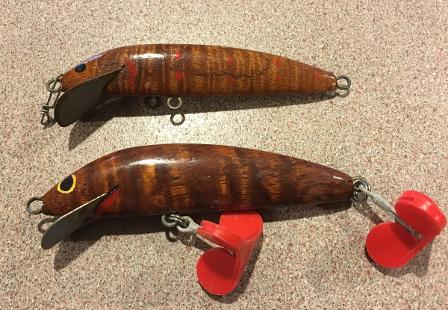
The Moller lures which appear most often are the minnow style models in various sizes. As mentioned above the smallest Moller Minnow are uncommon as are the earliest eye variations. The deep diving model is not seen and the lure showcased in the banner is very rare as other similar lures are not sighted. The Moller Minnow was always intended as a copy of the Heddon 'Tiger' which was a successful imported lure that was suited to barramundi fishing. It was always the intention of Eric to respect the original design but to build an Australian timber version that was 'beefed up' to suit the targeted fish.
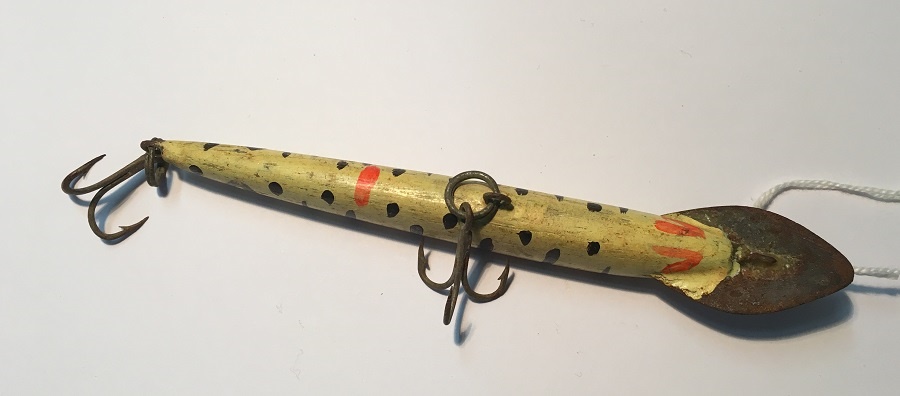
Moller deep diving drip eye model
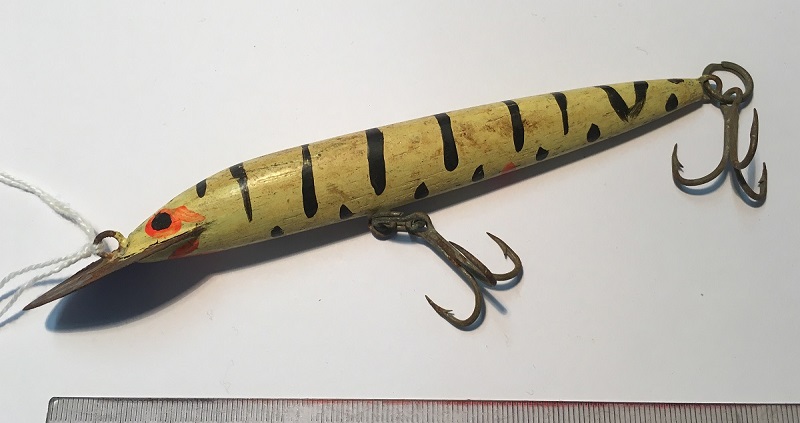
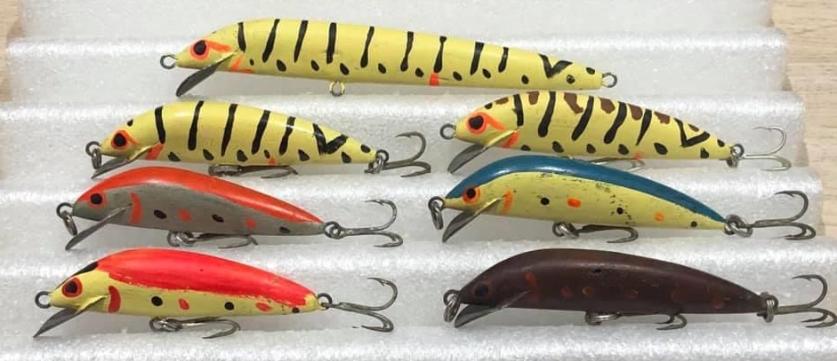
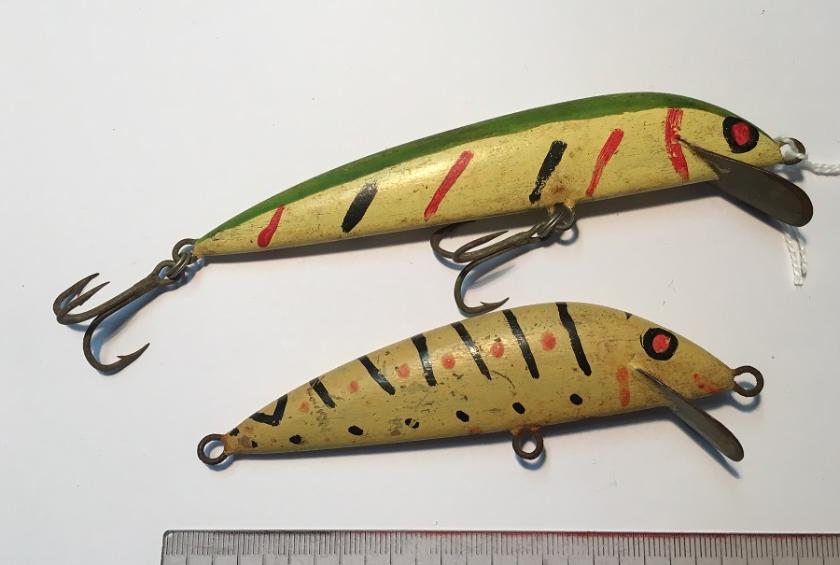
The following extract is from http://www.ansaqld.com.au/articles/eric-moller/
''Eric Moller was born at Childers near Bundaberg and as a child received his education at a small bush school at Kilkivan near Kingaroy. During his youth he developed a close affinity for the Australian bush, its trees, streams and wildlife. As a young married man, things weren't always easy in the Queensland of fifty years ago and Eric worked at everything and anything to support his wife and six children. He hand cut timber in remote country towns, worked towns, worked long hours cutting sugar cane and battled the wind and waves as a deckhand on professional fishing boats. A lifetime spent outdoors has left him the legacy of a skilled hand and a sharp eye. Until recently he was also an excellent rifle shot and still discusses range and target shooting with friends of former years. Except for two years spent in the Australian army during the last war, Eric has lived all his life in north Queensland and now lives with his wife at Cardwell.
Eric Moller's lure craft first started by necessity around 1968. As a pensioner, he found the cost of commercial lures prohibitive. As a keen, practising fisherman, he studied the reasons why fish were lost or landed and why they responded to a certain style, size or depth of action. At his age, there is a coolness that assists his judgment. Watching Eric play a good fish, it is obvious that he is happy but not overexcited. All the moves he makes are the right ones. He has the ability to lose a fish and laugh without regret. Once we walked some miles through tea-tree country with Eric leading the way to small lagoons where he knew fish swam in quiet isolation. He had been to this spot fifteen years before and still knew the way through featureless, flat, forest country. He could name individual trees he had marked for the Forestry Service and take you straight to them through the bush, fifteen years later. He is the complete bushman. Amongst Eric's possessions is a well-thumbed address book filled with the signatures of hundreds of fishermen; young, oId, great and otherwise, a virtual Who's Who of Australian lure fishermen. Eric can refer back to names, faces and fish with the aid of a phenomenal memory. He often surprises me by referring to fish we caught years ago, fish I've long since forgotten, creeks to which we've not returned. Eric’s choice of timber for his lures is based on his experience with the best boat building timbers. He likes beech which is impervious to water, sweet to carve and cures at the right weight for the size lures he makes. In the back shed where he makes his lures, a visitor will find a string, of a dozen lures hanging for the paint to dry. The floor is thick with shavings, the shed is filled with the noise of pigeons he feeds but doesn't race. There is an old bench which carries the woodworking tools; the battered vice, a hacksaw, cans of zinc annealled bibs. Shelves higher up carry an assembly of paints and enamels. An old cabinet holds his flies, containers of completed lures 'for some old mates up on the Tableland, they go over to the Staaten about twice a year'. Eric does much of his carving with an old Schrade pocket knife with blades worn thin and the bone handle nestling in his palm as though it grew there. He has the woodcarver's knack with the knife blade. Pressure and control allow him to work even against the grain without splitting the timber. The blade works in a quiet relaxed fashion, almost with a life of its own and the lure shapes itself under your eyes. One of Eric's delights is to fashion a lure to your own needs. If you know enough about them to discuss the technical problems, Eric will fashion the lure to your specifications then pass the shapely body over to you for painting and assembling.''
The article below was published in Modern Fishing 1974
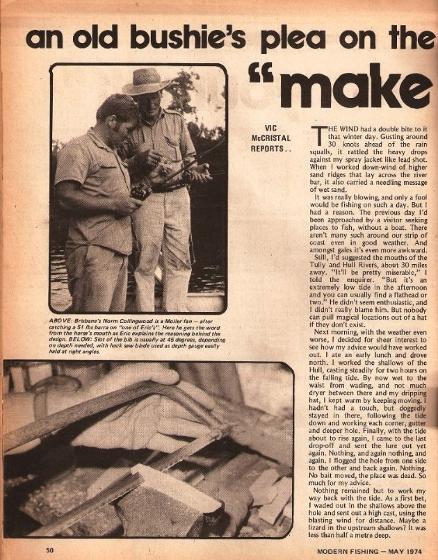
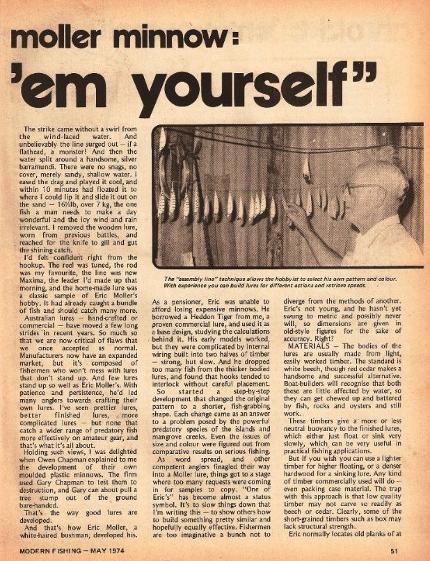
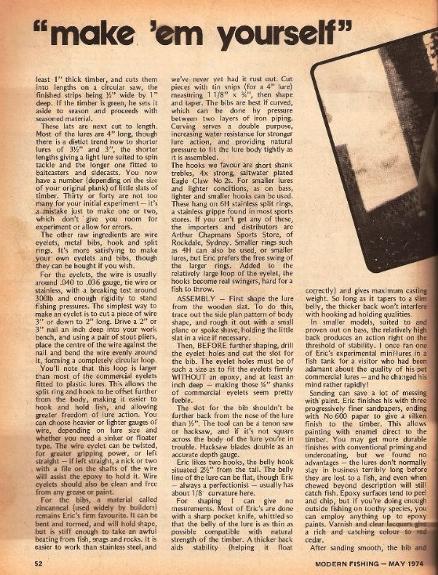
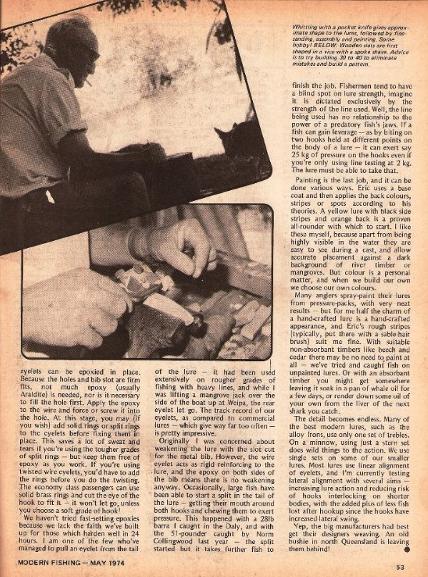
Moller Minnows were heavily influenced by the Heddon' Tiger' (USA) and the Nilsmaster 'Invincible' (Finland) is credited with being the major influence in the Moller 'Chin Minnow'.
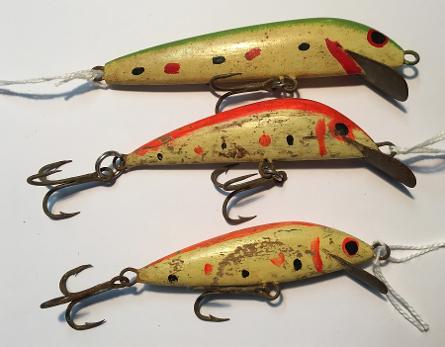
Above is three style of early Moller Minnow.
Moller lures showing the five dots, red gills and the early red eye with enclosed pupil or hollow eye (right)
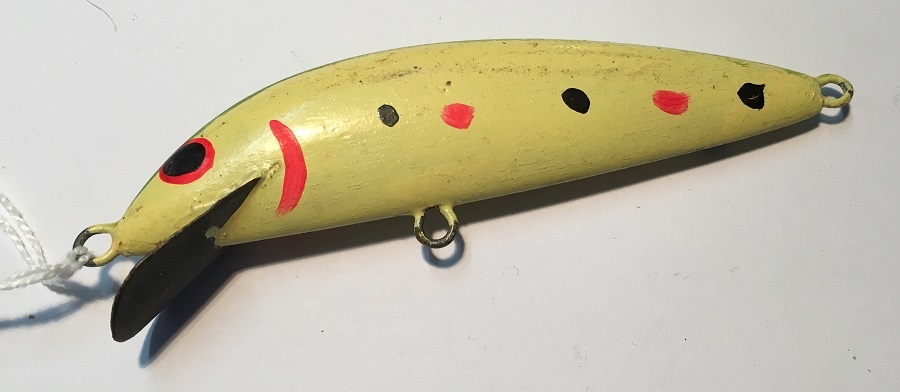
Moller lures right are earlier models using the metallic finish. This must have been a popular colour as they do show up regularly over the years in this colour scheme.
Another characteristic to note is the steep 'v' belly and the nick in the bib from the stamping process. The tapering is superb and although the paint finish seems crude by todays standards, Eric Moller knew how to make a lure.
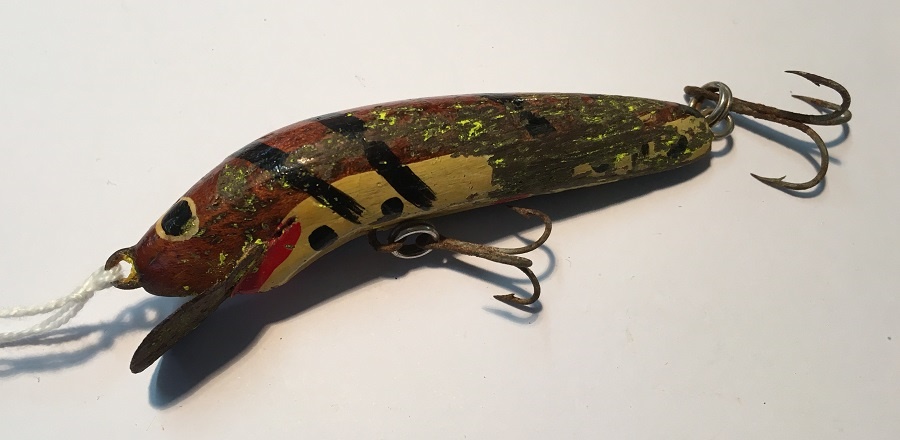
Chin Minnow similar to small Nilsmaster 'Invincible'
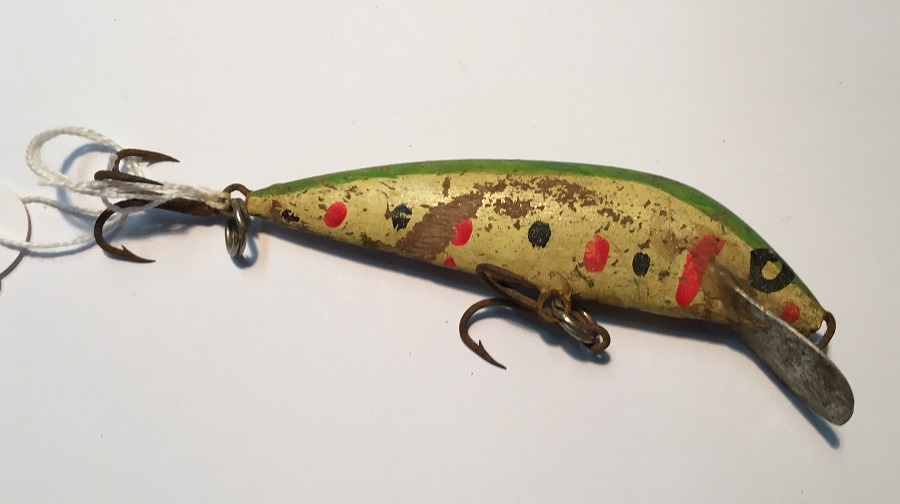
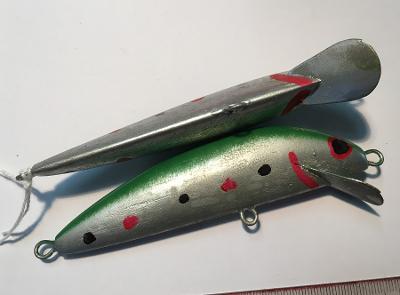
Later Moller lures will have 'drip eye' style, the dot-dash theme continues with slight variations. The dots seem to be alternate black and red or just plain black.
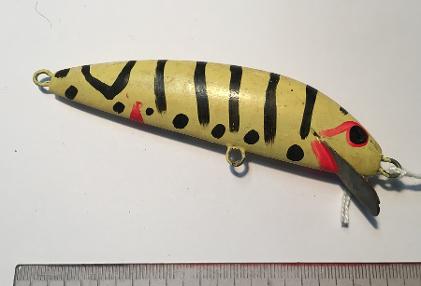
The clear coat finish like red cedar may have red and yellow dots and some have none at all.
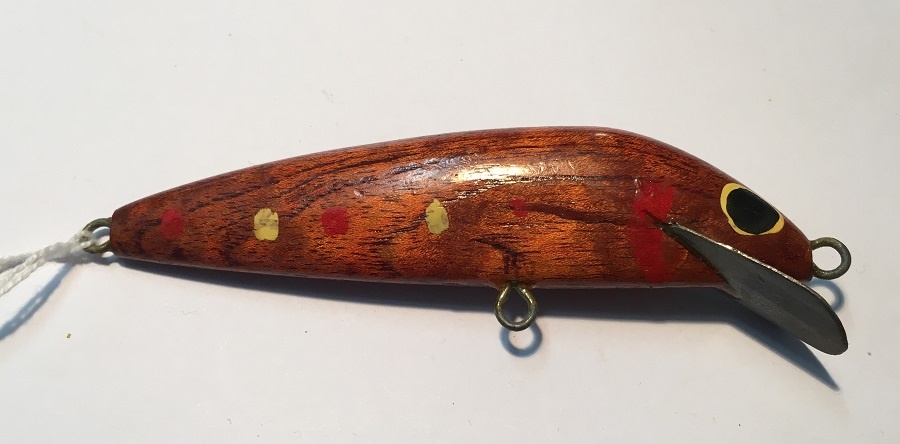

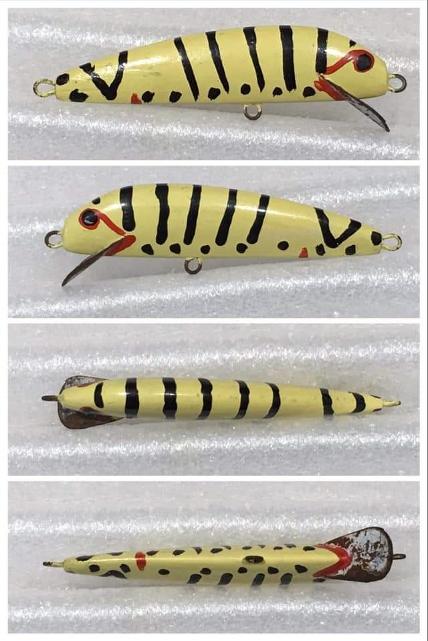
The two lures that had a big influence on Eric Moller was the Heddon' Tiger' and the Nilsmaster 'Invincible'. Below is an article that was published in Australian Fishing Vol 3.
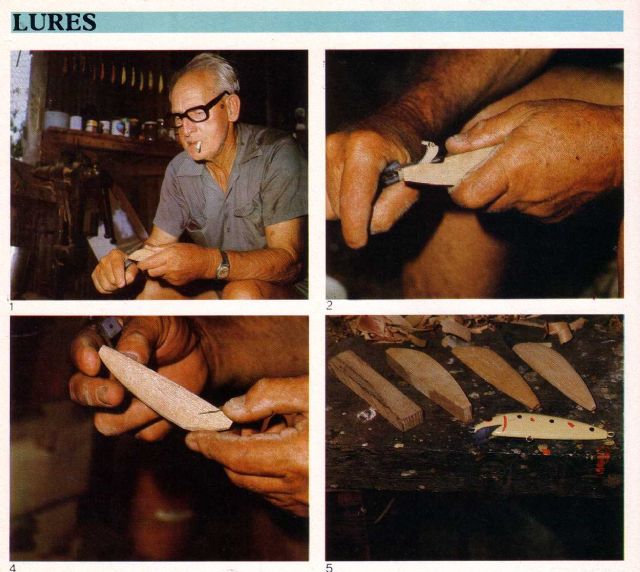
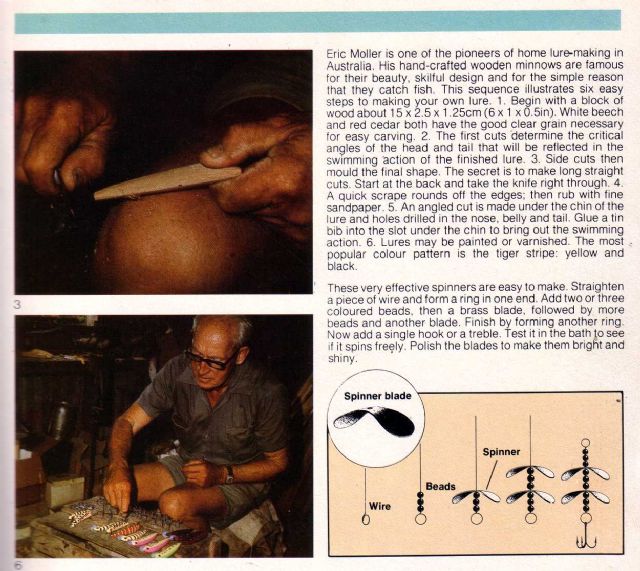
The following rare piece of paperwork was unearthed when Bruce Moller was going through an old archive and found a hand drwan diagram for the 'Red Cedar Minnow' or 'Moller Minnow' as it became known. The original paper is every fragile and Bruce can remember his 'Pop' drawing this in the late 1970's including the metric measurements for him since he was a teenager.
